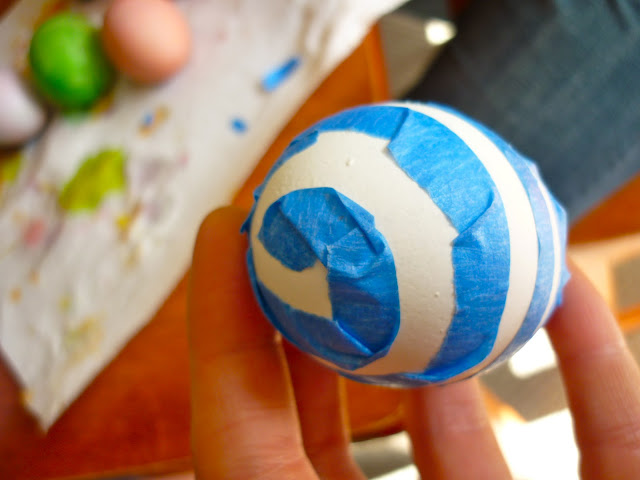A close soprano friend of mine and I recently formed a musical group called Sharp (Soprano + Harp) and are hoping to perform in some concert series this year. Our repertoire has ranged from soprano and harp arrangements to reductions of whole orchestral works. It's been a great experience for me to play these orchestral reductions and has definitely taught me a thing or two about pedaling. For those non-harpists out there that I have officially confused, let me explain a few things to you about the harp. There are foot pedals at the base of the harp that control accidentals (sharp, flat and natural). Each note (A, B, C etc.) has a pedal that can be moved to control the accidentals for that note. For example, if I want to make all the F's sharp, I move the F pedal down. To make all the B's flat, I move the B pedal up. This is all very nice when you have a piece that stays in one key because you can just set the pedals and go; however, when playing a piece written by Mahler or Strauss, like we are doing, it is quite a different story. Mahler and Strauss' pieces tend to be very chromatic pieces (meaning lots of accidentals, which means lots of pedal changes). Some passages have upwards of 12 pedal changes per measure!
Ok, now on to my story. You all must be wondering why in the world my harp is sideways in this picture and why I have a huge frown on my face. And maybe even why I just talked so much about harp pedals. All valid wonders... So, a week before one of these concert series' auditions, I was stomping away at the pedals while practicing our Strauss piece, when I heard the most terrifying pop sound come from my harp. It wasn't like a bass wire string pop, which is also terrifying, but rather a deep solid metal popping sound. My heart sank.
What had just happened to my precious harp!
I tried to change the D pedal that I had just moved, but it was immobile. I just continued trying to change the pedal in disbelief, hoping that somehow it had just gotten stuck and made a random ominous popping sound - Random ominous popping sounds don't usually come from angelic sounding harps.
Eventually I got my harp on its side, ready for inspection and sure enough, something was wrong. The D pedal's solid metal spring had snapped in two. With the audition being only a short 3 days away, I called every local harp vendor. None of them had the spring. I soon found out that no harpists in the area had a spare and that not even Lyon & Healy West (my harp company's closest branch) had one! Out of desperation, I had to purchase the spring straight from the factory in Chicago and have it shipped overnight for a hefty $50 shipping fee. Luckily, it did get here the next day, and even more luckily, it was the only problem with my harp.
McKay and I, again put the harp on its side in preparation for surgery. I put the harp under and McKay performed the procedure.
Mid-surgery.
Some of you may need to look away if you get queasy from the sight of inner organs.
The surgery took a total of 15 minutes and was a success! I was so relieved to have my harp back, healthy and ready for more Mahler and Strauss, but maybe not so intense this time.

















































